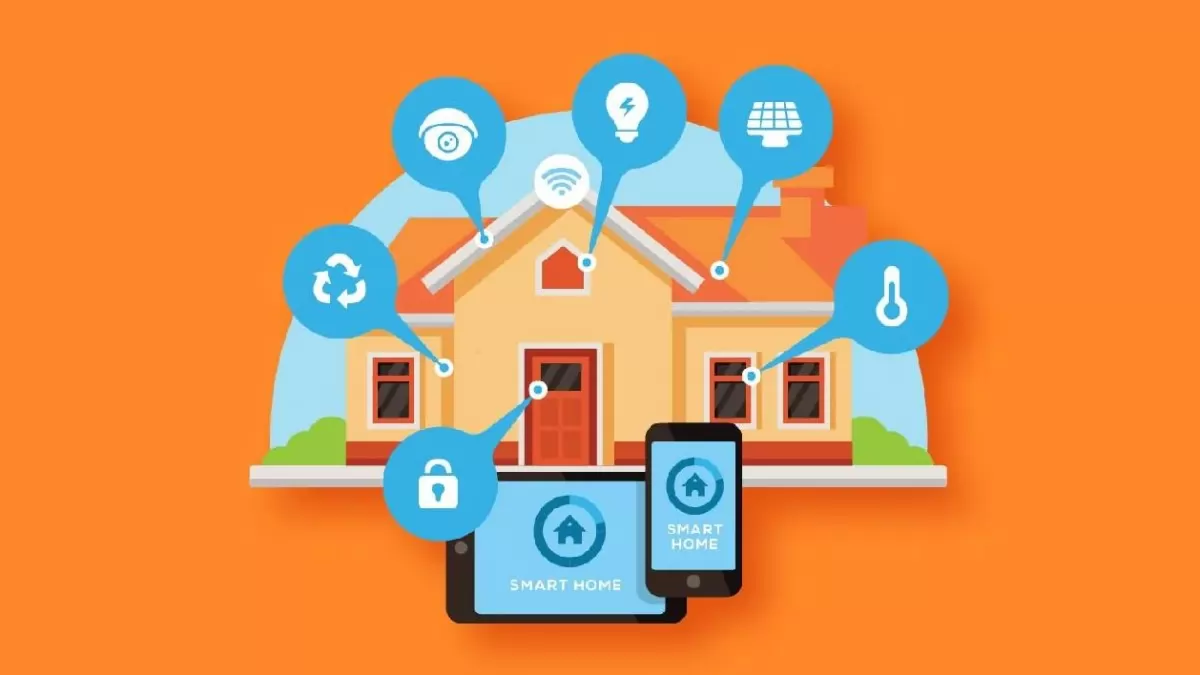
Washington DC, US: As smart homes become more interconnected and complex, researchers shed light on the security and privacy challenges presented by the proliferation of intricate Internet of Things (IoT) devices in residential spaces.
The modern smart home, furnished with an array of consumer-focused IoT gadgets including smartphones, smart TVs, virtual assistants, and surveillance cameras, is becoming increasingly connected.
These devices, equipped with cameras, microphones, and various sensors, have the ability to monitor and record activities within the confines of our homes, traditionally considered private sanctuaries. This prompts a critical question: Can we entrust these devices to handle and safeguard our sensitive data in a secure manner?
"In the context of our homes, we hold an expectation of trust and privacy. Yet, the reality reveals that smart devices within our homes breach that trust and privacy barrier, enabling a multitude of companies to ascertain the devices within your home, discern your presence at home, and even pinpoint your home's location.
These behaviours typically remain undisclosed to consumers, underscoring the need for improved safeguards within our homes," cautioned David Choffnes, Associate Professor of Computer Science and Executive Director of the Cybersecurity and Privacy Institute at Northeastern University.
Presented at the ACM Internet Measurement Conference (ACM IMC'23) in Montreal (Canada), the extensive research, titled "In the Room Where It Happens: Characterizing Local Communication and Threats in Smart Homes," delves deeply into the intricate local network interactions among 93 IoT devices and mobile applications.
This pioneering study reveals a host of hitherto undisclosed security and privacy concerns, each with tangible real-world implications.
While local networks are often regarded as safe and secure environments, this research exposes novel threats arising from inadvertent data exposure by IoT devices operating within local networks through standard protocols such as UPnP or mDNS.
These threats encompass the unintentional revelation of unique device identifiers, UUIDs (Universally Unique Identifiers), and even household geolocation data. These fragments of data can be exploited by companies involved in surveillance capitalism without the user's knowledge.
Vijay Prakash, a PhD student from NYU Tandon and a co-author of the research, emphasises the significance of this revelation: "Our analysis of data collected by IoT Inspector uncovered evidence of IoT devices unwittingly exposing at least one Personally Identifiable Information (PII), such as a unique hardware address (MAC), UUID, or a distinct device name, in thousands of real-world smart homes."
"While a single PII can identify a household, the combination of all three creates an unparalleled, easily identifiable fingerprint for a residence. For context, if a person's fingerprint is established using basic browser fingerprinting techniques, their uniqueness is akin to one in 1,500 individuals. In contrast, a smart home incorporating all three identifier types becomes as distinctive as one in 1.12 million smart homes."
Local network protocols, it appears, serve as convenient side channels for covert access to supposedly protected data, which is typically governed by various mobile app permissions, including geolocation.
"A side channel is a crafty avenue for indirectly obtaining sensitive data. For example, Android app developers must seek and obtain users' consent to access data such as geolocation. However, we've demonstrated that certain spyware apps and advertising companies exploit local network protocols to surreptitiously access such sensitive information without any user awareness. All they need to do is kindly request this data from other IoT devices operating within the local network through established protocols like UPnP," explained Narseo Vallina-Rodriguez, Associate Research Professor of IMDEA Networks and co-founder of AppCensus.
Juan Tapiador, a professor at UC3M, added, "Our research demonstrates that the local network protocols employed by IoT devices lack sufficient protection and expose sensitive information about homes and their device usage. This data is collected opaquely and facilitates the development of profiles reflecting our habits and socioeconomic status."
(With ANI Inputs)





Copyright © 2025 Top Indian News
